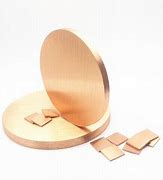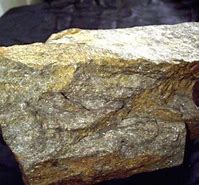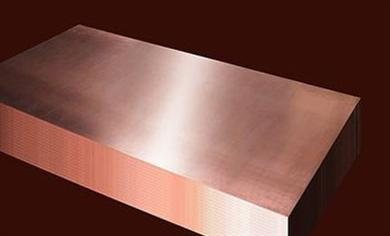**Slicing Copper Like a Pro: Your No-Sweat Guide to Perfect Quick-Connect T-Fittings**
(How To Accurately Cut A Copper Pipe To Insert A Quick Connect T Fitting)
Plumbing projects can feel intimidating. Cutting copper pipes doesn’t have to be one of them. Whether you’re fixing a leak or upgrading your system, nailing a clean cut ensures your quick-connect T-fitting sits tight. Let’s get straight into turning you into a copper-cutting wizard—no magic wand needed, just simple tools and focus.
**What You’ll Need**
Grab a tube cutter (trusty and cheap), a metal file, sandpaper, a marker, and gloves. Optional but handy: a pipe deburring tool. Skip the fancy gear—this isn’t rocket science.
**Step 1: Measure Twice, Cut Once**
Mark your cutting spot with the marker. Double-check the length against your T-fitting. A crooked cut means leaks. Use a tape measure if your eyes aren’t laser-precise. Wrap the mark clearly around the pipe so you see it from every angle.
**Step 2: Grip and Roll**
Open the tube cutter’s jaws. Place the pipe snug inside, aligning the cutting wheel with your mark. Tighten the knob until the wheel bites the copper. Rotate the cutter around the pipe. Tighten the knob a little after each full turn. Keep going until the pipe snaps. Slow and steady wins here—no rushing.
**Step 3: Smooth the Edges**
Fresh cuts leave sharp, jagged edges. These ruin seals and shred O-rings in fittings. Take the metal file. Sand the pipe’s end in a circular motion. Wipe away metal shavings with a cloth. If you’ve got a deburring tool, twist it inside the pipe to clean the inner edge. Rough spots are enemy number one for watertight connections.
**Step 4: Dry Fit the T-Fitting**
Slide the fitting onto the pipe. It should glide smoothly. Too tight? Re-sand the edges. If it wobbles, your cut might be uneven. Start over if needed—better now than dealing with leaks later.
**Step 5: Lock It In**
Quick-connect fittings are genius. No soldering, no glue. Push the pipe into the fitting until it clicks. Give it a gentle tug to confirm it’s secure. Repeat for the other side of the T.
**Pro Tips for Flawless Results**
– Keep the cutter perpendicular. Angled cuts = headaches.
– Lubricate the cutter’s wheel with a drop of oil. It glides smoother.
– Wear gloves. Copper burrs are sneaky little splinters.
– Test for leaks slowly. Turn on the water gradually. Sudden pressure might stress a bad connection.
**Why This Works**
Copper’s soft but durable. A clean cut preserves its shape, letting the fitting’s grip ring seat perfectly. Jagged edges create gaps. Gaps create drips. Drips create… well, you know.
**When Things Go Sideways**
Saw instead of a tube cutter? Not ideal, but doable. Clamp the pipe to avoid slipping. Cut slowly, then file aggressively. Still uneven? Trim a smidge off and re-file. Persistence beats perfection every time.
**Final Thought**
(How To Accurately Cut A Copper Pipe To Insert A Quick Connect T Fitting)
Plumbing’s all about precision. Treat the pipe kindly, and your T-fitting will hug it like they’re old friends. No rocket science, no fancy jargon—just sharp tools, patience, and maybe a victory snack afterward. Now go turn that copper pipe into something that actually holds water.
Inquiry us
if you want to want to know more, please feel free to contact us. (nanotrun@yahoo.com)



